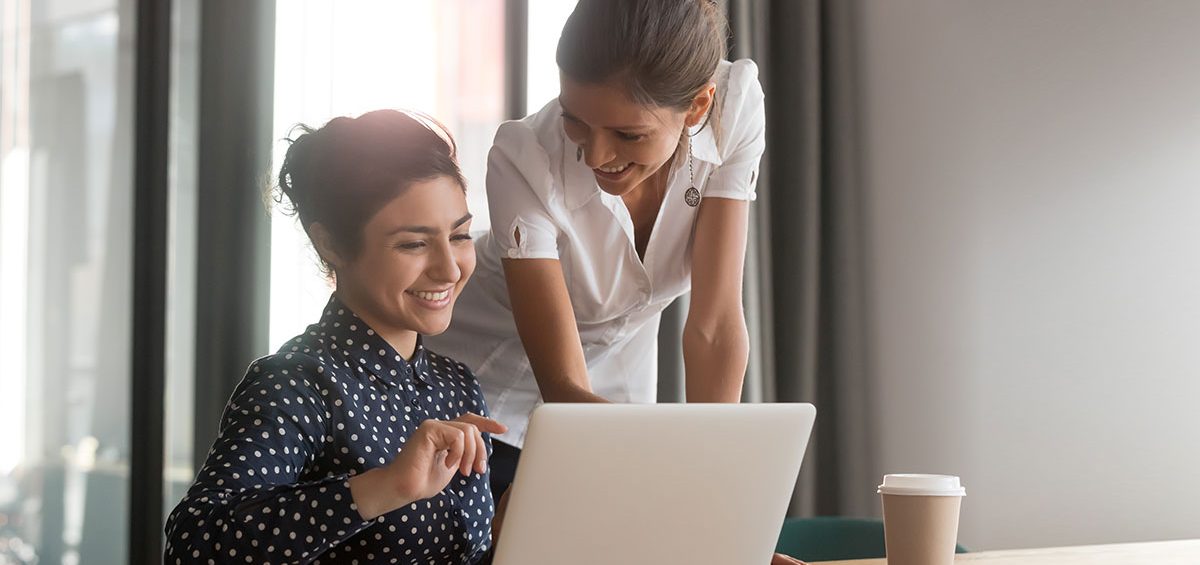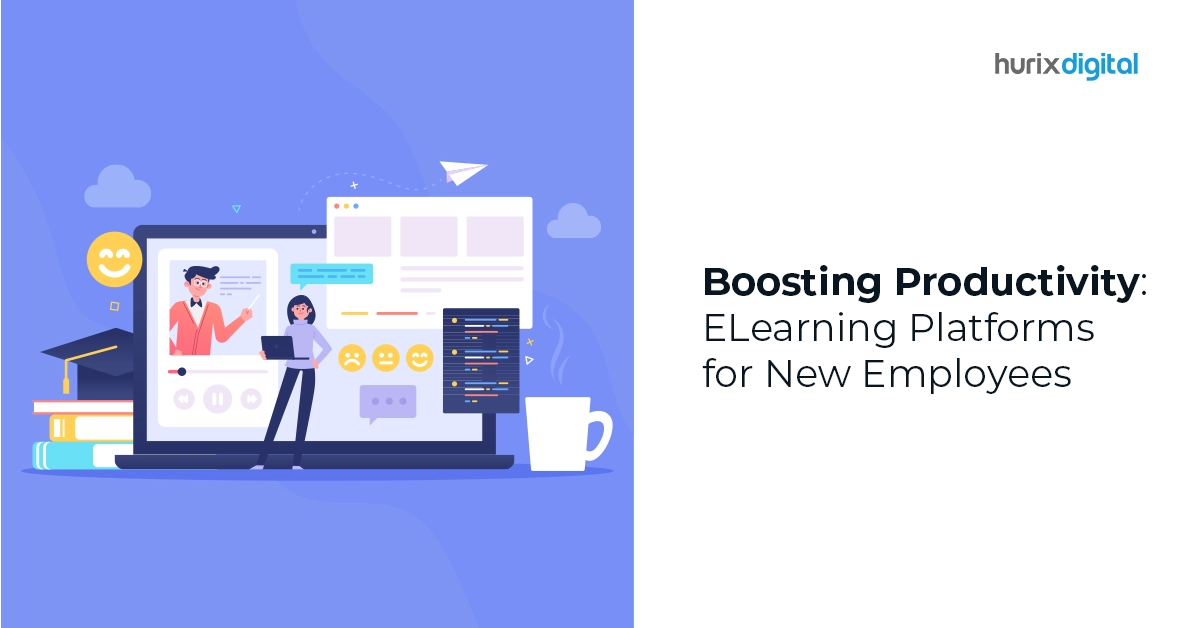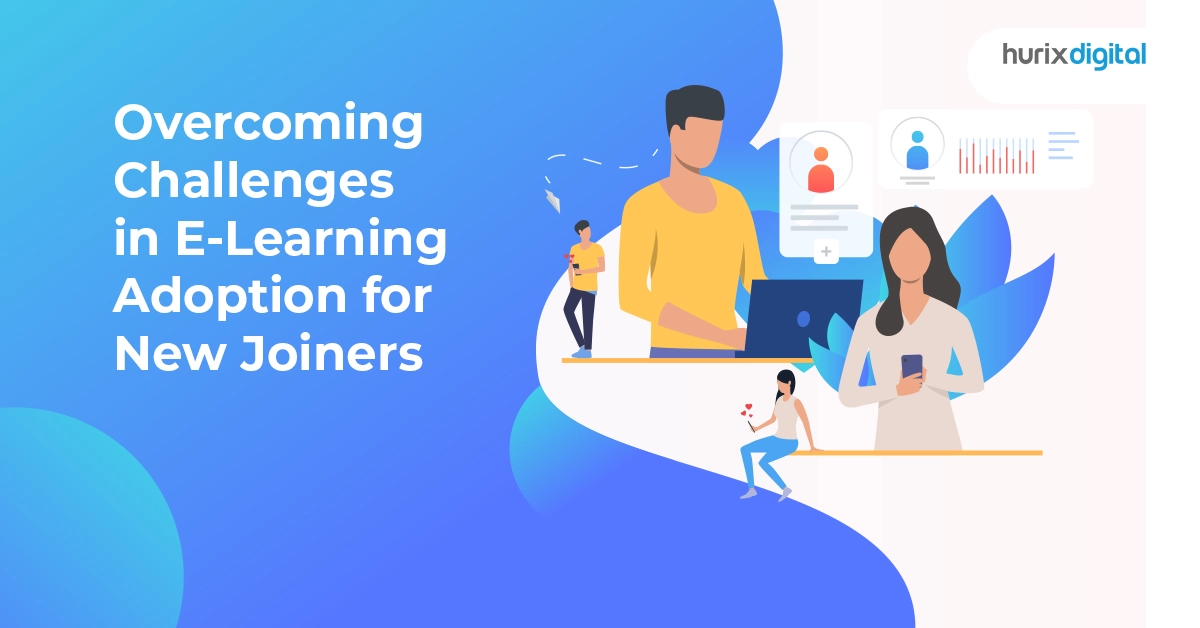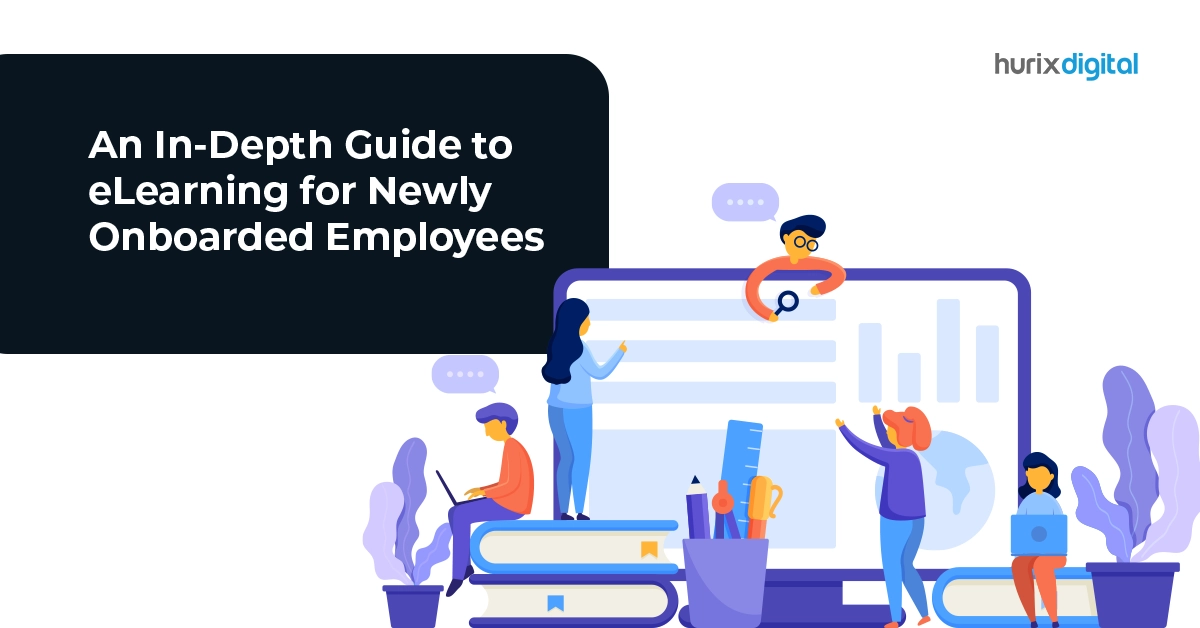Organizations today witness high attrition or employee turnover rates. Some big organizations report that, on average, an employee’s stint lasts 2-3 years. While organizations are strategizing on talent retention like never before, they are also awakening to the fact that this trend is here to stay, so even the most effective talent retention strategies might not be able to contain the churn. Presently observed turnover rates engender a constant need for talent replacement, keeping recruitment and talent acquisition teams on their toes. Add business expansion pursuits to this; and organizations today face a constant need to add to their workforce. Recruitment consequently leads to the need to onboard new hires.
Table of Contents:
- Why the Focus on Effectively Onboarding New Hires?
- Here are 7 Ways to Onboard New Hires Effectively
1. Pre-board
2. Onboarding approach
3. Personalize
4. Use contemporary training strategies
5. Create an on-the-job training program
6. Build a feedback mechanism
7. Keep it a continuous process - In Conclusion
Why the Focus on Effectively Onboarding New Hires?
New hire onboarding is an investment. Therefore, ensuring its success and effectiveness makes natural business sense. The change of scenario begets a change in the approach to onboarding as well. To the high turnover, add the other dimension – stiff competition, increased workload and pressure, and fluctuating timelines. So the question really becomes how can organizations effectively onboard new hires? What are the key considerations for a new hire onboarding program that can get employees up to skill and productive quickly?
The traditional approach of getting employees into a classroom – physical or virtual – for a week or so does not work anymore. The biggest drawback here is that learning disseminated is too distanced from the actual application that employees forget what they learned by the time they get on the job. It also means that, more often than not, there is a deluge of information in onboarding sessions, with employees not realizing what information and skills that they would actually need to perform their job.
Often the terms onboarding, induction, orientation are used interchangeably; however, they are rather nuanced. We would focus on the broadest term – onboarding – which shoulders the key responsibility of successfully assimilating new hires into the organization’s workflow and culture.
Here are 7 ways to onboard new hires effectively.
1. Pre-board
Before employees join, consider moving some parts of your regular and mandatory training to pre-boarding. Compliance and regulatory training are a must, so restructure your onboarding plan to push out these parts before the employee joins. Provide them access to your LMS, track and monitor their completion, so the compliance part is taken care of. Let them fill out forms and disclaimers etc. If you have reservations about confidentiality, think about the way the people have been working for the last two years. With the world now having adapted to a new normal of working from home, many notions have been debunked. Many organizations have realized the benefits of remote onboarding. In fact, with a diverse, geographically-spread workforce and hybrid working models, remote onboarding may soon become mainstream.
2. Onboarding approach
Define the objectives of the onboarding training in clear and measurable terms. Onboarding might be most effective when it is aligned with role-based KPIs – it equips your employees to perform the job they were hired for. Often organizations over-educate and over-inform. This tsunami of information is counterproductive. More often than not, employees don’t need to use this information, and when they actually do, they cannot recall it in a readily usable form and need to be re-trained. According to Ebbinghaus’ Forgetting Curve, 90% of the learning may be lost in the first month.
Keep the onboarding program focused on the exact skills the new hires would need on the floor. Rope in line managers and analyze KPIs, skills, and competencies and let that be the starting point for designing the onboarding program.
3. Personalize
Organizations often view onboarding as a one-size-fits-all model. They may fail to consider that employees today are digital natives, carry work experiences from previous organizations or projects, are sometimes self-directed and self-taught, and may be well versed with what the onboarding program has to offer.
A more personalized and customized approach would work well in this situation. Employ pre-tests and quizzes to gauge current levels of knowledge and create personalized user learning journeys. It will keep the training focused on providing required skills and save substantial time. It will also help employees appreciate the value of their time.
4. Use contemporary training strategies
Leverage microlearning, gamification, simulations, and other strategies to improve engagement and knowledge retention.
Software simulations are an excellent way to train people on software usage or processes in a near-real and risk-free environment.
Gamification is highly engaging and immersive. It coerces users into action and is a fun way to learn. Use this strategy for some of your critical content as it shows high stickiness and improved retention.
Use a blended or hybrid learning approach – free up valuable and productive time of your trainers; use their time effectively for imparting key skills and learnings. Arrive at an effective blend leveraging the best of all forms and ensuring variety and engagement, skill optimization, and retention.
5. Create an on-the-job training program
Design on-the-job (OTJ) training opportunities. The most intelligently-designed training program cannot replace a good on-the-job learning experience. According to the 70-20-10 rule, 90% of knowledge is acquired from experiences, actually performing the jobs, and through peers or social interaction, and only 10% from training. So, build in adequate OTJ and peer learning opportunities. Design coach, mentor, or buddy system, allow new hires to buddy up or shadow other employees. Observe them and provide feedback to enable them to meet their KPIs.
6. Build a feedback mechanism
Build an insightful, meaningful, and actionable feedback mechanism that allows you to get feedback from the new hires and the line managers. What were their observations? Did the training prepare the employees to execute their tasks for the given role? Are they able to effectively meet their KPIs? Use the feedback to improve the program continuously, keeping it relevant and focused and delivering the key results.
7. Keep it a continuous process
Make sure that the training material is available and easily accessible. Keep it structured and organized for easy access so employees can refer to it whenever needed. Form social learning groups that allow employees to interact and learn from each other. Community learning is one of the most effective and often overlooked ways of learning, especially for the digital natives of today. Ensure continuity of the learning process and reassure employees that learning is available when they need it. Conduct regular quizzes and tests and align scores with line managers to ensure that the onboarding program is helping employees learn.
In conclusion
The need for effective new hire onboarding, including remote onboarding, is here to stay. Start by updating your current programs to include pre-boarding, gamification, microlearning, simulations, and hybrid or blended learning. How would you optimize your onboarding program to reduce time to production and effectively onboard your employees for optimal performance delivery?










